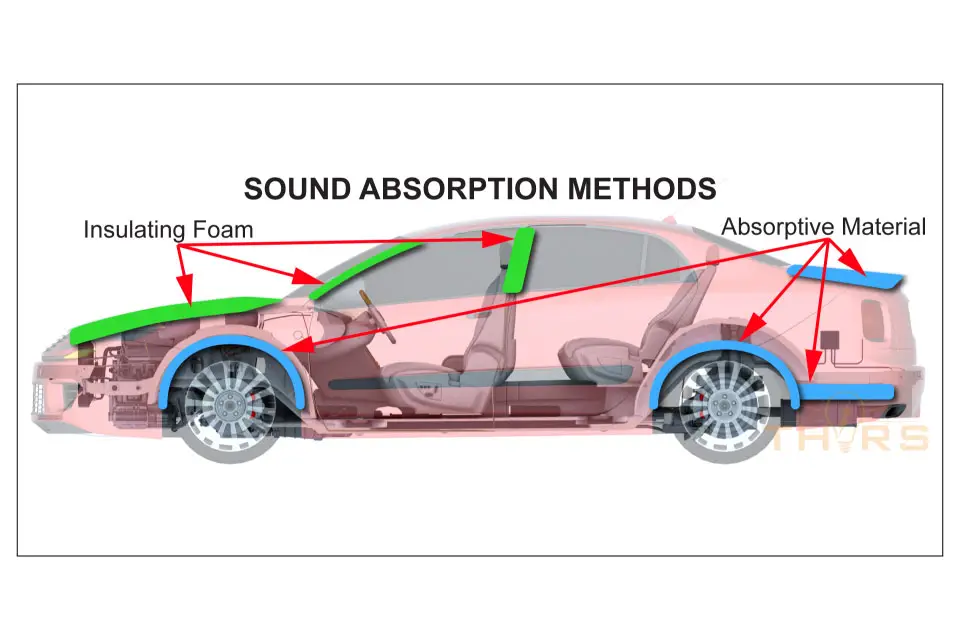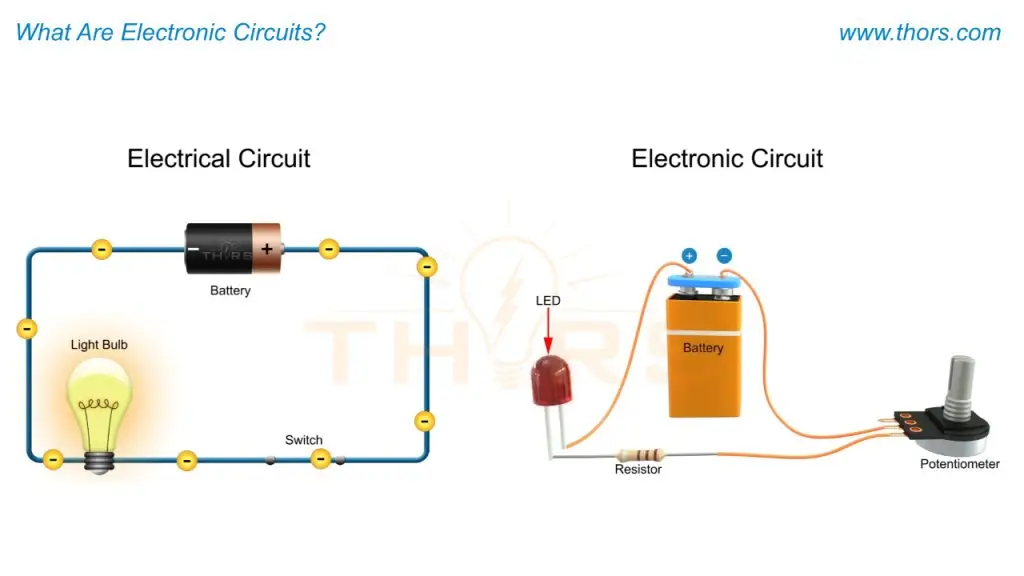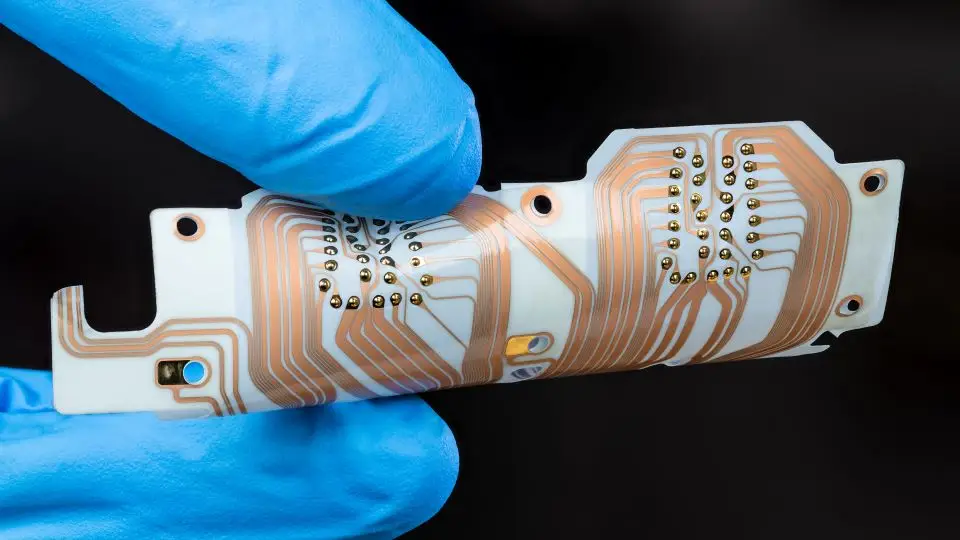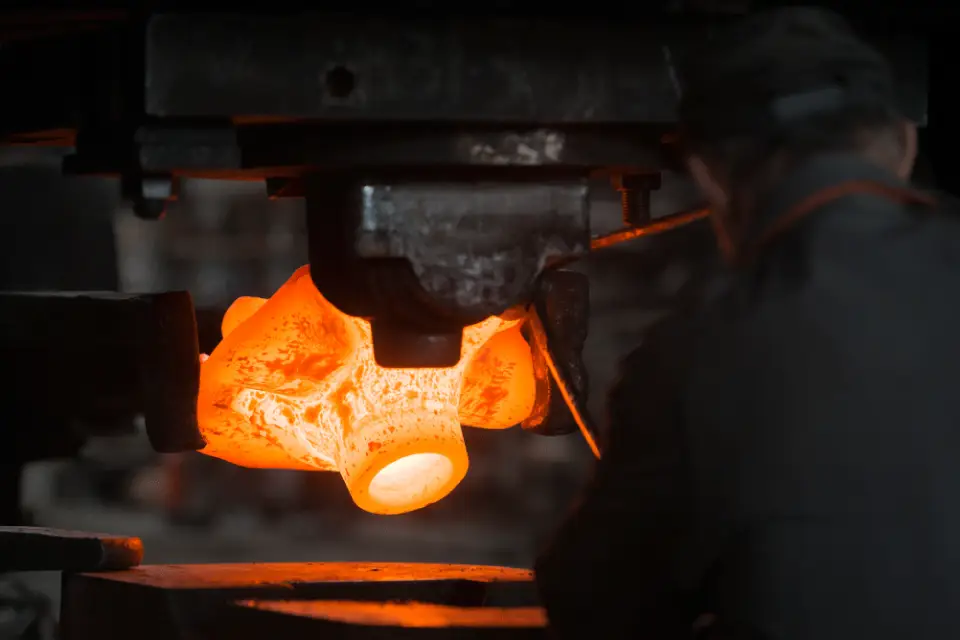NVH in the Automotive Industry
Have you ever driven an older vehicle and noticed it was loud? This is common, as product noise, vibration, and harshness weren’t a primary concern until recently. Now, quieter vehicles are associated with luxury vehicles, so many manufacturers spend more money to reduce noise from entering the cabin. There are many ways to reduce noise, including insulating methods, vibration control devices, and using quieter components.
NVH, an acronym in the manufacturing world for noise, vibration, and harshness, is looked at specifically in the automotive industry, where NVH troubleshooting is essential. Many years of engineering go into product refinement to make the product more enjoyable for the customer. However, the experience of the customer with noise and vibration is purely subjective. A loud exhaust sound may appeal to some, while others view it as a nuisance; therefore, if people identify a sound as displeasing, it is considered noise. Another example includes a performance vehicle that may “ride rough,” allowing the passengers to feel every bump in the road. Some people enjoy feeling the road as their vehicle tightly hugs a turn or accelerates. Others prefer a beefed-up suspension that absorbs nearly every imperfection on the road, leading to a more luxurious driving experience. Due to these differences, design engineers carefully craft each product to meet customers’ expectations. Sound and noise also have a safety-related component that are monitored to help avoid noise-related injuries that permanently damage hearing.
Source-Path-Receiver Network
The source-path-receiver network is a common method of identifying where a noise source begins, how it travels, and who or what the noise affects. The source is the object from which sound propagates as part of regular operation. The path is the direction in which sound travels. The receiver is the person or object that accepts the sound. Once the source-path-receiver network is discovered, corrective actions to minimize the noise can be taken.
Two Ways to Identify NVH Issue
1. Objective Measurements
Objectively, measuring devices such as accelerometers, microphones, intensity probes, and other sensors detect noise, acceleration, and vibrations.
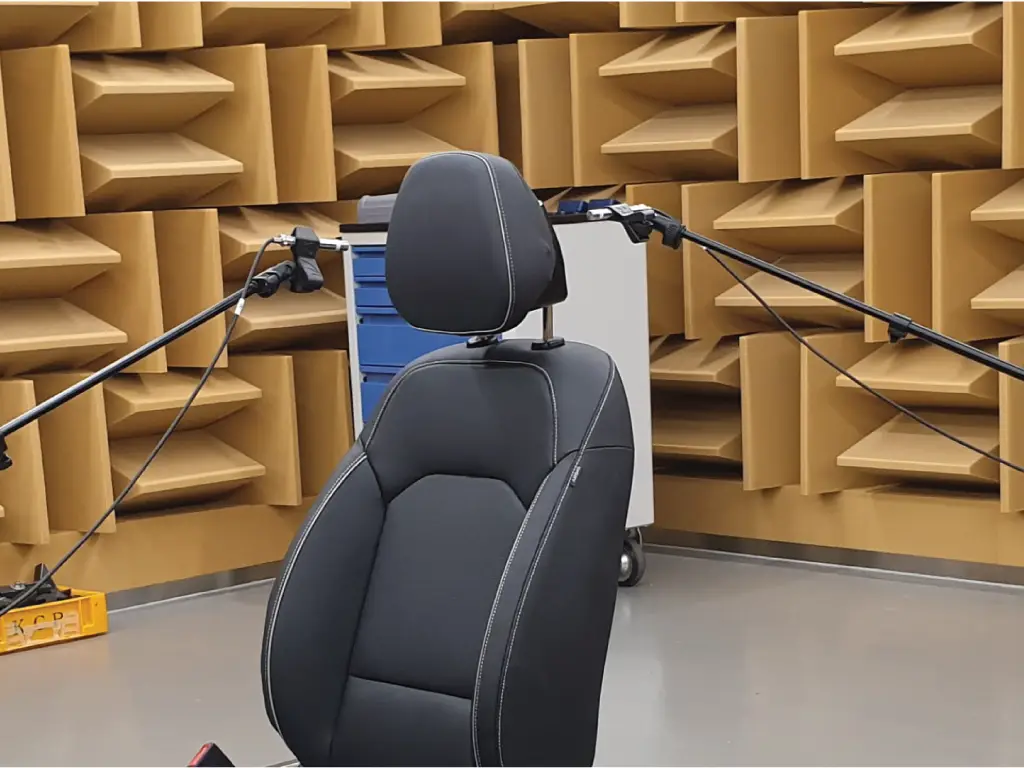
2. Subjective Measurements
Subjectively, people use a device and rate noise. Sometimes a prototype is tested by inexperienced users and experienced engineers, who use the product and fill out a series of questions emphasizing areas that need to be examined further.
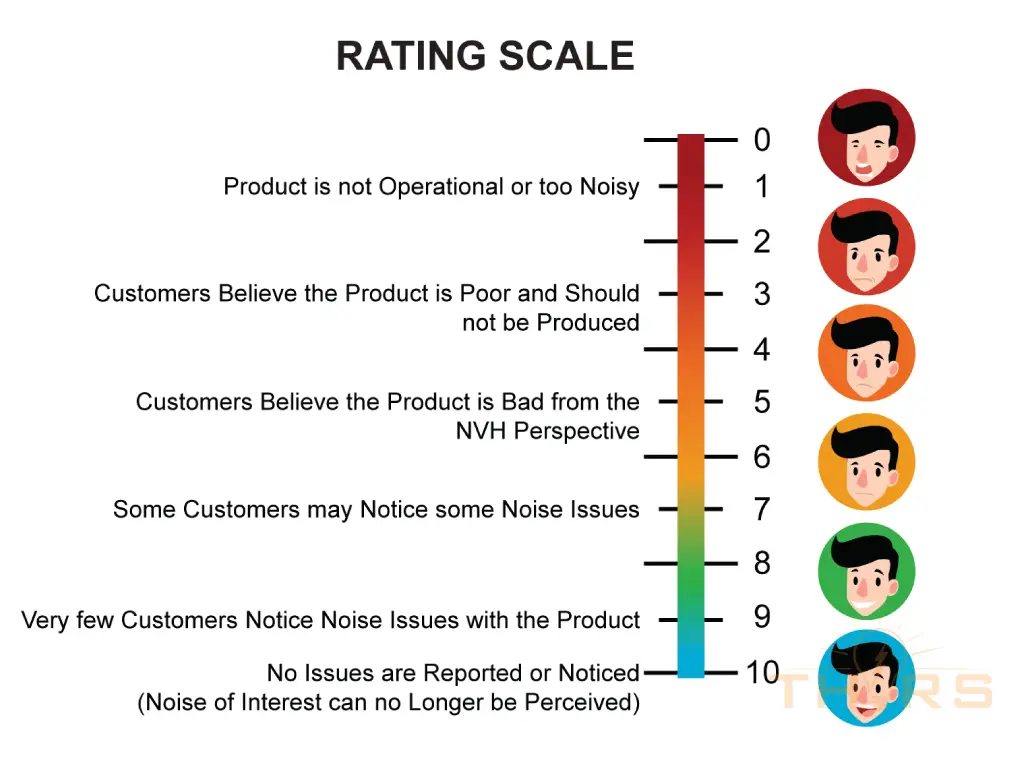
Insulating Methods
The entire vehicle cabin is susceptible to noise as the engine, exhaust, tire, and wind noise all penetrate through the vehicle panels and reverberate throughout the vehicle entering the occupants’ ears. Most areas of a vehicle, except for the glass panels, require some noise control treatment.
Methods of noise control include the following:
- Carpeting on the floor of a vehicle
- Weather mats installed on top of floor carpeting
- Insulating foam in-between the door panels to reduce wind and tire noise as it enters the cabin
- Using material, such as fiberglass cloth or jute, inside the engine bay
- Perforations in the vehicle’s seat to increase the surface area, allowing for maximum noise and vibration absorption
- Using a special foam that is sprayed inside the wheel wells to reflect noise and absorb vibrations
- Adding insulating foam along the vehicle’s ceiling, pillars, and cross beams to reduce noise and absorb vibrations
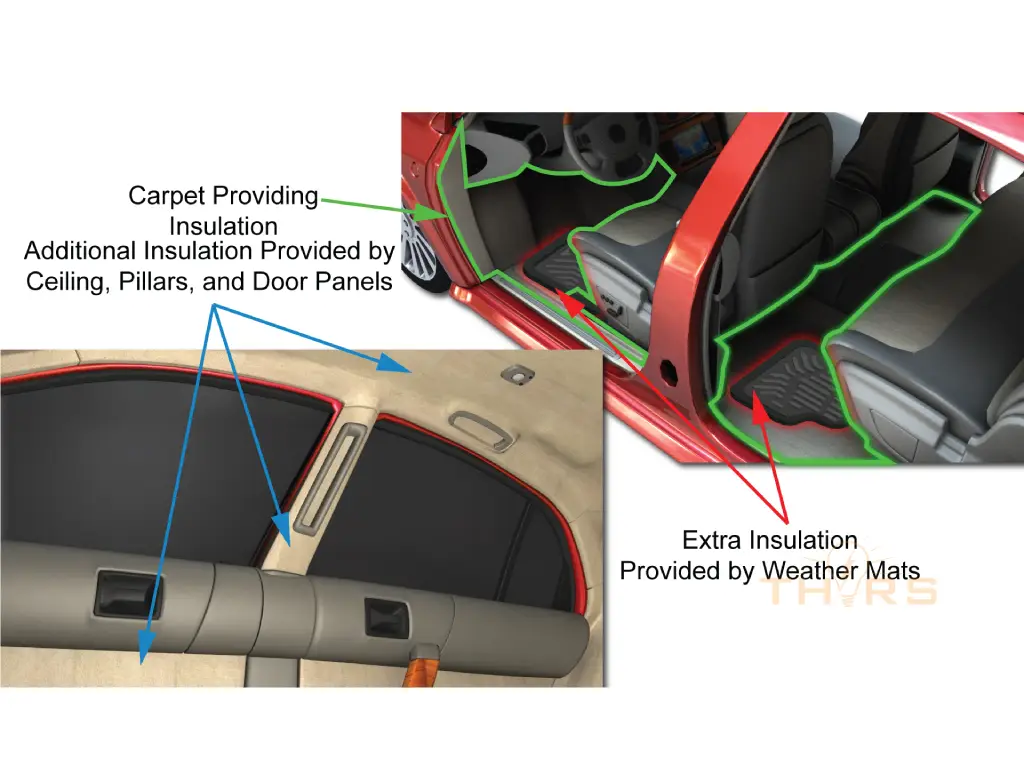
Vibration Control Devices
Most vehicles come equipped with vibration control devices, known as isolators, that are used to absorb the vibrations associated with normal operation. Every engine, transmission, chassis body, differential, and steering system has mounts that minimize the harshness of driving on the roads. Especially in areas where potholes are inevitable, these mounts reduce driver fatigue and also protect these vehicle subsystems by absorbing the potentially damaging effects of hitting a pothole, curb, or other road obstruction.
Quieter Components
Additional ways to reduce noise from entering the vehicle cabin include the following:
- Exhaust muffler with more attenuation
- Electronics with more filtering components to reduce noise as current is sent through them
- Better tires
- Eliminating a hatchback since it allows trunk noise to go directly into the occupant’s ears
As NVH continues to shape the automotive landscape, manufacturers are increasingly dedicating resources to ensure the ride experience caters to the evolving demands of consumers. From the thrum of a performance engine to the silence of a luxury interior, the subjective nature of sound means there’s no one-size-fits-all solution. Innovations in insulating methods, vibration control devices, and quieter components are not just about comfort—they’re about creating a connection between the driver, the vehicle, and the road. It’s clear that in the pursuit of the perfect driving experience, the role of NVH is both complex and crucial, balancing the fine line between the science of sound and the art of perception. As we move forward, the industry’s commitment to NVH improvements will undoubtedly lead to advancements that redefine our notion of what a quality automotive experience should feel like.
To learn more about Product Noise, Vibration, and Harshness (NVH) Troubleshooting, check out our full course. This course will equip you with the necessary tools to understand and troubleshoot many automotive NVH topics.
